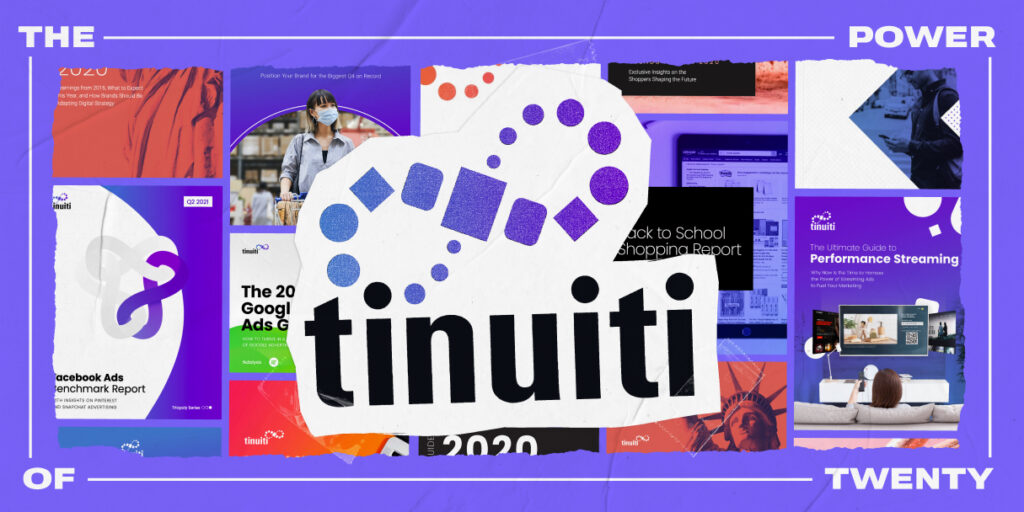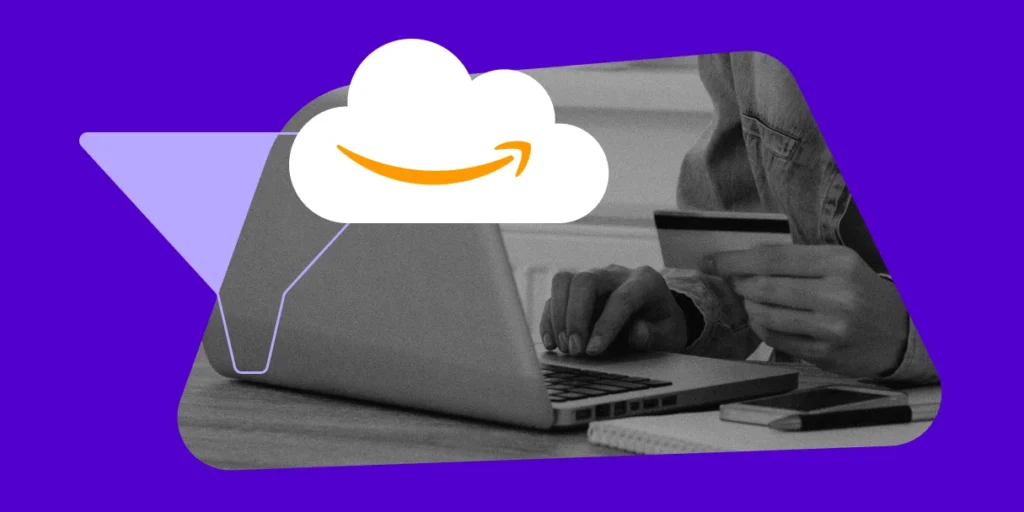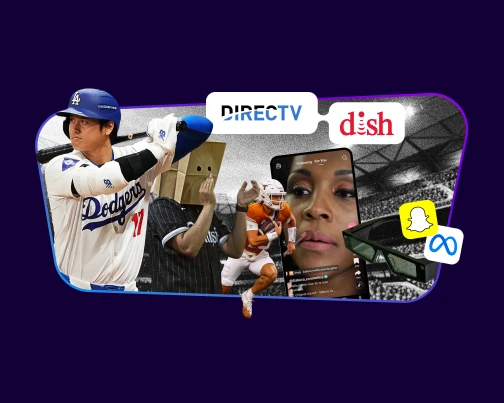In the past five years or so, Instagram has gone from a simple photo sharing app to a bona fide business strategy, helping companies in every sector from fashion to food sell more products and bring in more customers.
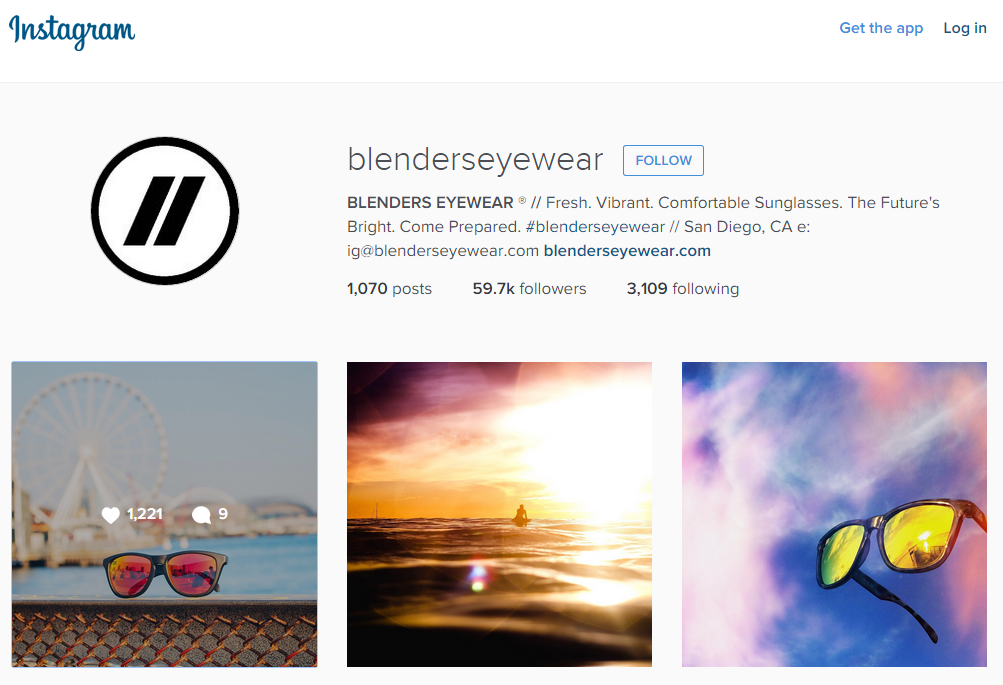
“Social media has been our bread and butter, allowing us to reach audiences globally and share our slice of California lifestyle with like-minded folks everywhere. Instagram and Facebook have been huge for us ever since we started. Between those two platforms and email marketing strategies, that accounts for a big chunk of our revenue.”
– Blake Jensen, Co-founder, at Blenders
So how can you use Instagram to drum up sales and increase your exposure? Let’s dive in.
How to use Instagram 101: Getting Started
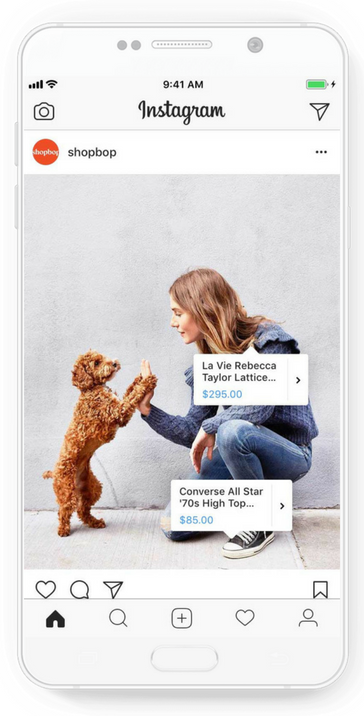
If you’re starting from scratch, download the Instagram app to your phone, open it and tap “Sign Up.”
You can then enter your business email address or log in with Facebook to streamline things.
Once you’re logged in, click the settings gear in the top corner, and hit “Switch to Business Account.” Then, add in your address, business hours, phone number, website address and other details.
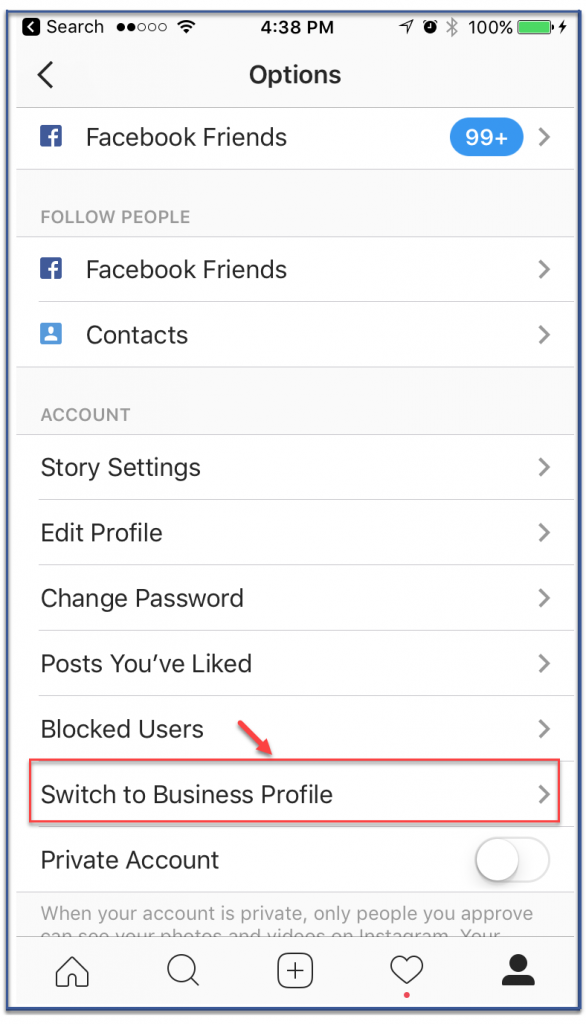
How to Set up Instagram for your Business:
1) Don’t get too creative with your name. You want customers to find you quickly and easily, so keep your username consistent with your other social accounts — ideally just your company’s name, if it’s available.
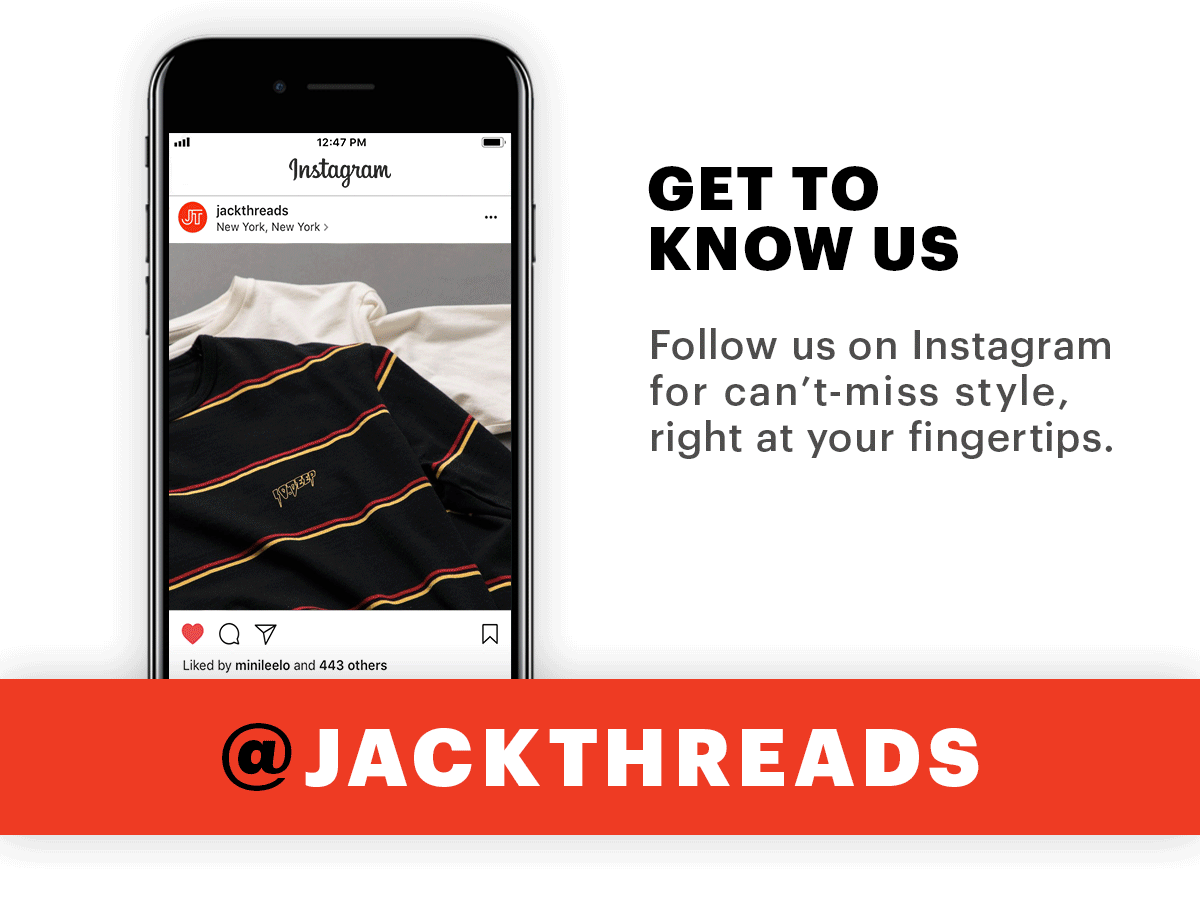
2) Add an informative bio. Use your bio to summarize your business, what you offer and who you are. You should also include any appropriate hashtags to help you get discovered.
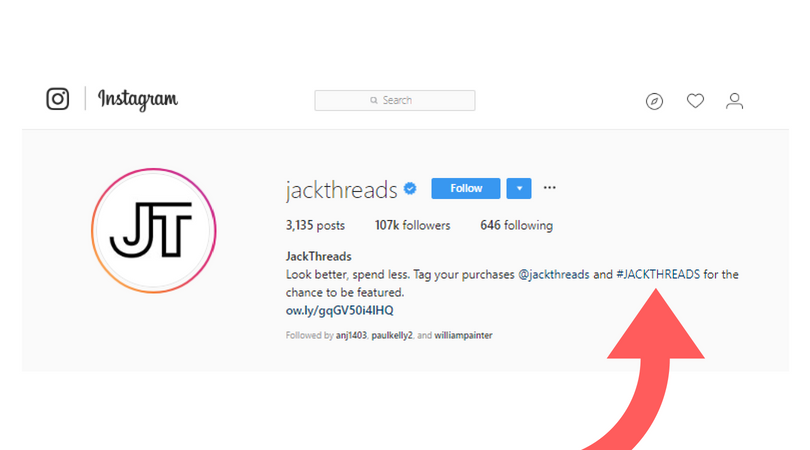
3) Use your company’s logo as your profile photo. This will help drive home your branding and keep your Instagram presence consistent with other accounts.
Check out what your competitors are doing on Instagram, and find a few influencers in your industry. What content are they posting? What do they comment on, like and re-post regularly? Use this to get your wheels turning on your strategy.
5 Tips for Crafting Your Instagram Strategy
Instagram strategies vary depending on what you’re trying to achieve, so ask yourself the right questions as you’re planning your campaign.

1) Who are you targeting?
- What’s the age and demographic?
- What are they interested in?
- What do they care about?
2) Who will you follow?
- Who are the influencers in your space?
- Who are the movers and shakers that can get your products seen?
- Which competitors do you want to keep an eye on?
3) How will you promote your account?
- Will you post a link on your website?
- Add a branded photo booth in your store?
- Have influencers bring awareness for you?
4) How often will you post?
- Will you have a set schedule?
- Will you post on the fly, as things come up?
- How much content will you have to share?
5) Who will post it?
- Will you have a dedicated account manager?
- Will you let several team members take the reins?
- Will you do influencer takeovers from time to time?

You may also want to define some style guidelines for your content to keep it consistent.
What topics are good and which are off limits? What hashtags should your account managers use? Can they use emojis and text speak, or should it be more formal?
Jot down a few general policies to ensure your content is always on point.
Other Tips for How to Use Instagram:
As with any marketing effort, you’ll want to monitor your metrics and analytics to make sure your strategy is on track.
Check out my recent post on free Instagram metrics tools for help.
Aside from that, you should also:
Use influencers to your advantage.
These are experts at Instagram marketing, and though they may come at a small price, the added exposure, awareness and sales they’re able to bring in will likely pay their fee and then some.
“Influencer marketing is growing because it’s a great way to get your products in front of an audience with an authentic voice. Many brands are seeing top-of-the-funnel value by getting more eyeballs on their brand’s offering. There’s power in putting the right products in front of the right audience — with an authentic voice.”
– Nii Ahene, COO of CPC Strategy
Leverage stories.
Stories give you an instant, easy way to reach your followers directly and in real-time. Use them to give people a peek behind the curtain, to demo new products or just make them laugh.
“When it comes to advertising within Instagram Stories, for retail brands I think the primary limitation will be the creative. Your creative should be ‘thoughtful’ because people are very much in a ‘browsing friends and family’ content mindset.”
– Sarah Rogers, Manager, Performance Social at CPC Strategy said.

Boost awareness with ads.
Just like on Facebook, Instagram ads can be highly targeted and drive ROI. Choose audiences by age, location, gender, interest, marital status and more, and make sure you’re bringing the most qualified users to your account.
Get your team involved, too. What are your customer service reps encountering the most questions on? When does your web team see the most on-site customer activity? What products are your salespeople selling the most or least of?
Use these details to drive what you post and when you post it.
Still not sure how to use Instagram? Want more tips? Email [email protected].
You Might Be Interested In



